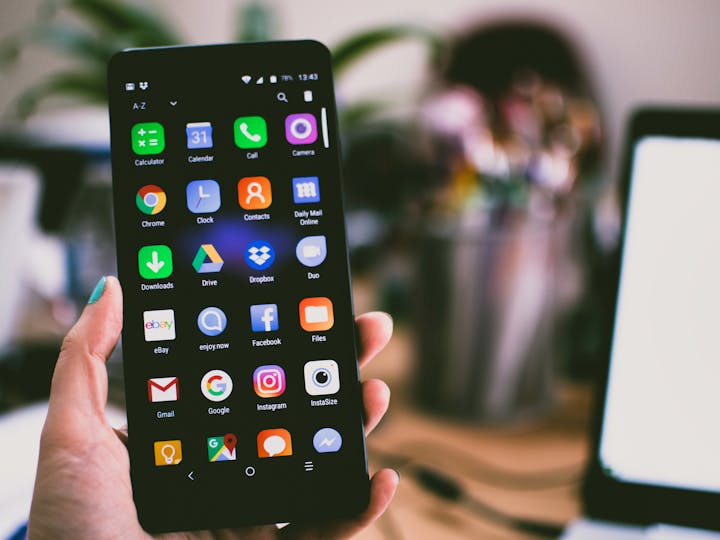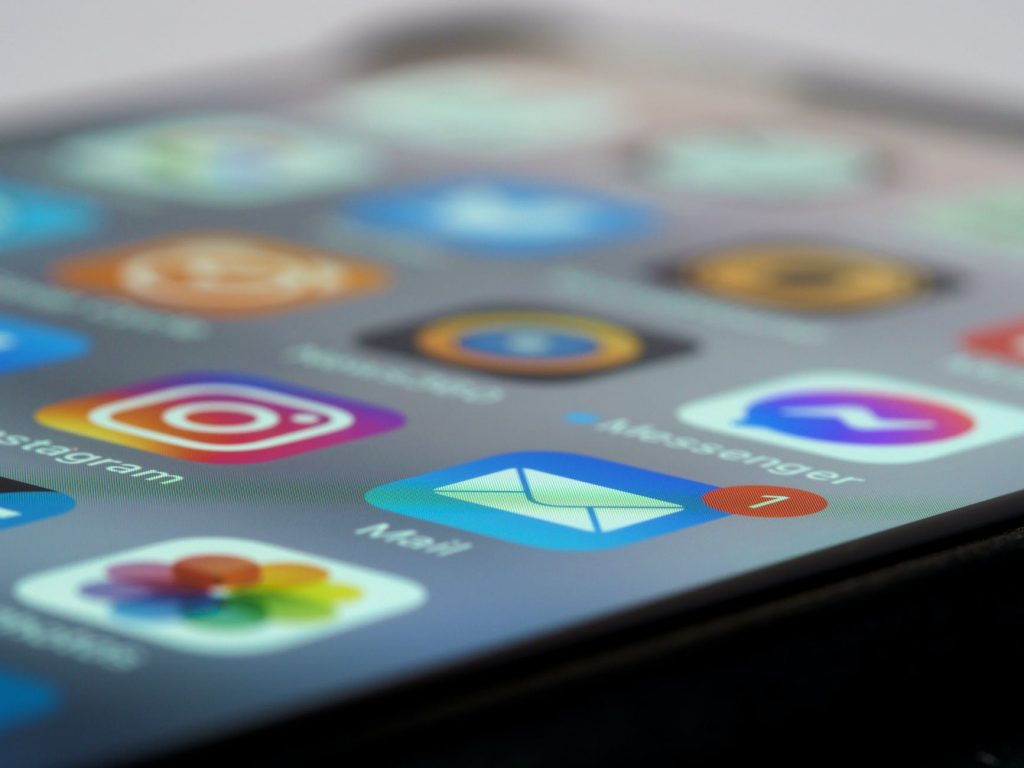The media landscape underwent rapid changes in the last decade, but nothing reshaped it more than the smartphone. It became a newsroom, a gaming console, a broadcast studio, and a social hub all at once. In 2025, the mobile device is not just a screen. It is the core of modern entertainment habits and the anchor of digital culture.
Streaming, gaming, messaging, and micro-content have converged into a single, continuous feed of attention. The phone controls it. Consumers no longer “go online.” They live online through a device that never leaves their hand.
Mobile Attention Has Become the Most Valuable Currency in Media
Every major media company understands that mobile attention drives revenue. Long-form articles have been redesigned for scrolling. Video creators tailor their content to fit vertical screens. Even television networks rely on mobile second-screen engagement to keep audiences active.
This shift produced a new rule for modern media: if it does not work on a phone, it does not work at all.
Smartphones capture the quiet moments that once belonged to print and broadcast media. Commutes, queues, breaks at work, late evenings in bed. These scattered pockets of time have evolved into the highest-performing windows for digital content consumption.
Micro-Entertainment Is Overtaking Traditional Formats
The most successful mobile experiences follow a consistent pattern: they are short, fast, and rewarding. Users prefer media they can consume in bursts rather than in long, uninterrupted sessions.
This is why mobile gaming has eclipsed console and PC gaming in global revenue. It fits the rhythm of modern life. You tap, swipe, win, lose, and move on. The commitment is low, but the engagement is high.
Mobile poker, hyper-casual games, fantasy sports apps, and rapid-fire card games thrive because they match this new pace. Platforms that allow players to play poker on your phone show how interactive entertainment blends with mobile media habits naturally. Users are not only consuming content; they are participating in it.
When Media, Gaming, and Social Interaction Intersect
The phone has blurred the line between creator and consumer. People record reactions, share wins, stream gameplay, clip short performances, and comment in real time. Participation has replaced passive viewing.
This shift is clear in gaming. A round of mobile poker becomes content. A screen recording of a strategic win becomes a viral clip. A live session becomes a social event.
Media companies have taken notice. Partnerships between gaming platforms and influencers continue to grow. Short-form gaming content dominates TikTok, Instagram, and YouTube Shorts. What used to be niche is now mainstream media fuel.
Why Mobile Poker and Skill-Based Games Are Growing Fast
Skill-based mobile games tap into a unique blend of logic, psychology, and entertainment. Poker sits at the center of that movement. It is quick, strategic, and interactive. It is easy to learn, but difficult to master.
Players log in for short sessions, treat each hand like a micro-story, and make decisions in seconds. The format rewards precision and timing. It appeals to players who want entertainment with a layer of cognitive challenge.
This trend also aligns with broader media behavior. People want control. They want participation. They want experiences that adapt to their schedule rather than the other way around. Poker fits those needs perfectly.
The Influence of AI and Personalized Media
AI is now woven into almost every mobile experience. Apps use it to generate recommendations, predict behavior, and optimize engagement. Music platforms create customized playlists in seconds. News apps curate feeds based on reading habits. Gaming apps adjust their difficulty and pacing to match the player’s skill.
Mobile poker and card game platforms also utilize AI to enhance matchmaking, identify patterns, prevent fraud, and support new players. The result is a smoother and more accessible experience for both casual and competitive users.
Personalization is the new battleground for mobile media. The companies that understand this are the ones shaping the future.
A Global Market With No Physical Borders
Mobile entertainment grows because it travels across countries and cultures without friction. A user in New York plays the same mobile title as a user in Singapore or Nairobi. There are no consoles to ship. There is no hardware barrier. There is only the app.
This borderless distribution model gives creators and developers reach that traditional media could never offer. It also creates new opportunities for monetization, partnerships, and community-led growth.
What Comes Next
The next chapter of mobile media will focus on deeper immersion and smarter personalization. Expect more real-time, interactive formats; more hybrid media experiences; and more products that blend gaming and communication.
Mixed reality, gesture-based control, and enhanced haptics will bring phones even closer to becoming full-fledged entertainment ecosystems. Gaming will continue to lead innovation because it adapts faster than any other content form.
The most successful media platforms will be those that understand this simple truth: the phone is no longer just a companion device. It is the main stage. Everything else supports it.


